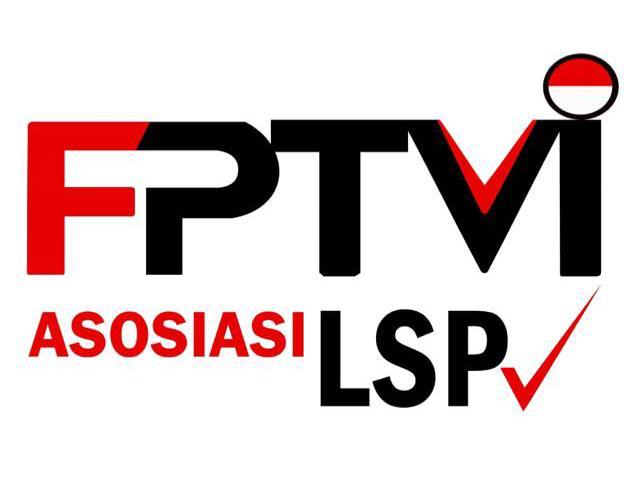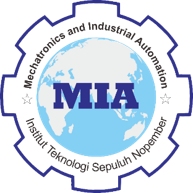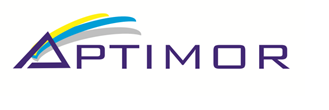The Comparisson between LBP and SQI Methods in the Surface Roughness Measurement Using ESPI Method
Abstract
Keywords
Full Text:
PDFReferences
V Radhakrishan, "Effect of Stylus Radius on The Roughness Values Measured with Tracing Stylus Instruments," Wear, vol. 16, pp. 325–335, 1970.
J I McCool, "Assessing The Effect of Stylus Tip Radius and Flight on Surface Topology Measurements," J. Tribol. Trans. ASME, vol. 106, pp. 202-210, 1984.
C Y Poon and B Bhushan, "Surface Roughness Analysis of Glass-Ceramic Substrates and Finished Magnetic Disks, and Ni-P coated Al-Mg and Glass Substrates," Wear, vol. 190, pp. 89 – 109, 1995.
Rakiman, "Experimental Measuring Study Surface Roughness by Applying Electronic Speckle Pattern Interferometry (ESPI) Method," Institut Teknologi Sepuluh Nopember, Surabaya, Master Thesis 2007.
A Macovski , S D Ramsey, and L F Schaefer , "Time-Lapse Interferometry and Contouring using Television System," Applied Optics, vol. 10, no. 12, pp. 2722-2727, December 1971.
O Schwomma , "Holographisch–interferometrisches oder moiremetrissches verfahren," 298 830, 1972.
N Butters and J A Leeudertz, "Holographic and Video Techniques Applied to Engineering Measurement," Measurement and Control, vol. 4, no. 12, pp. 349-354, December 1971.
Gary Cloud, Optical Methods of Engineering Analysis. New York, USA: Cambridge University Press, 1998.
M Mansono, L Pavesi, L S Oliveira, A Britto, and A Koerich, "Inspection of Metallic Surfaces Using Local Binary Patterns," in IECON 2011 - 37th Annual Conference on IEEE Industrial Electronics Society, Melbourne, 2227 - 2231, p. 2011.
H Yong and Z Chun-Xia, "A Local Binary Pattern Based Methods for Pavement Crack Detection," Journal of Pattern Recognition Research , vol. 5, no. 1, pp. 140-147, 2010.
S Marcel, "On the Recent Use of Local Binary Patterns for Face Authentication," International Journal of Image and Video Processing Special Issue on Facial Image Processing, pp. 1-9, 2007.
DOI: http://dx.doi.org/10.12962%2Fj23378557.v2i1.a470
Refbacks
- There are currently no refbacks.
This work is licensed under a Creative Commons Attribution 4.0 International License. IPTEK The Journal of Engineering published by Pusat Publikasi Ilmiah, Institut Teknologi Sepuluh Nopember.
Please contact us for order or further information at: email: iptek.joe[at]gmail.com Fax/Telp: 031 5992945. Editorial Office Address: Pusat Riset Building 6th floor, ITS Campus, Sukolilo, Surabaya 60111, Indonesia.








